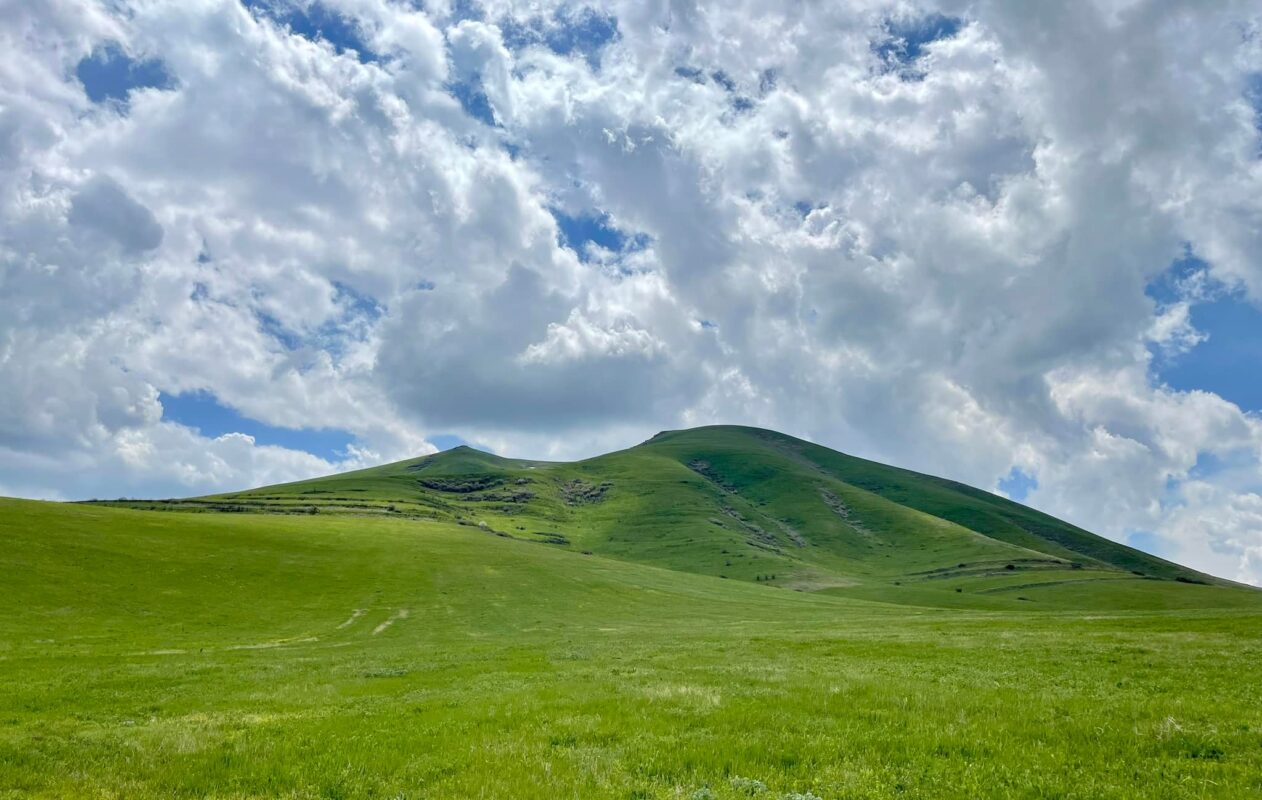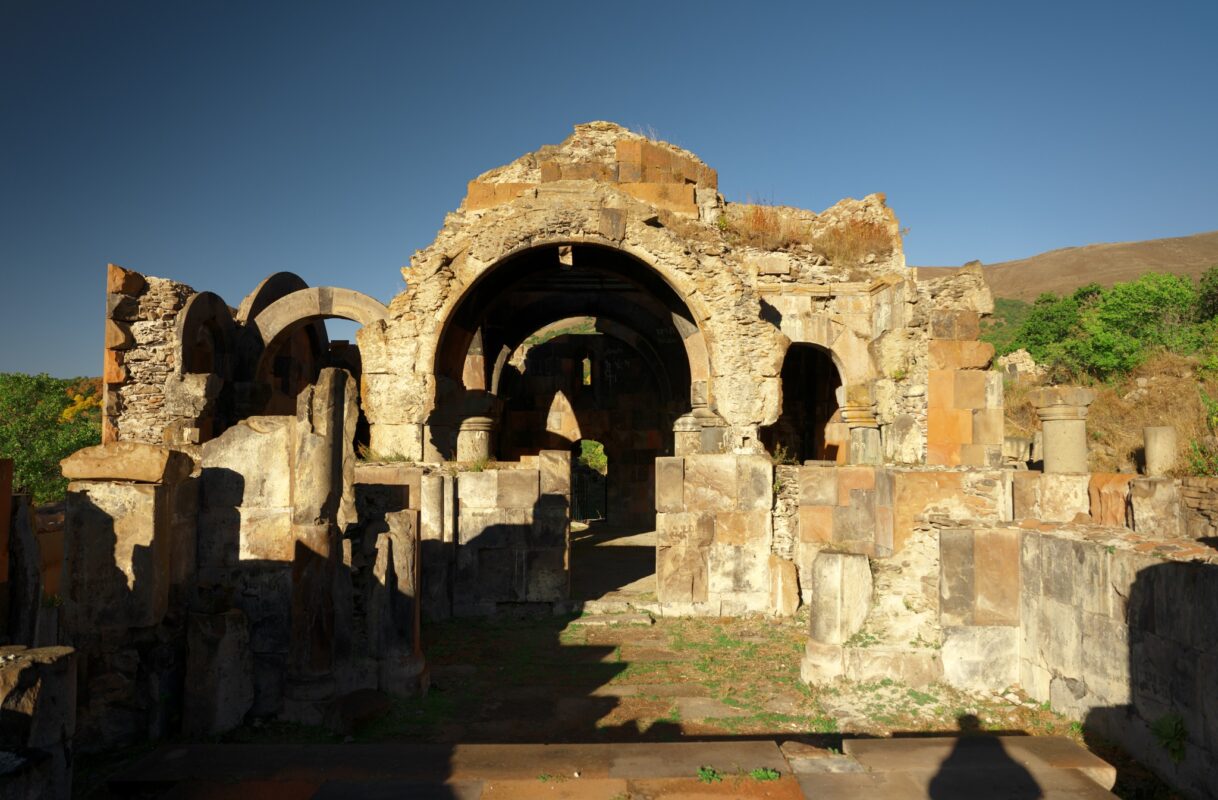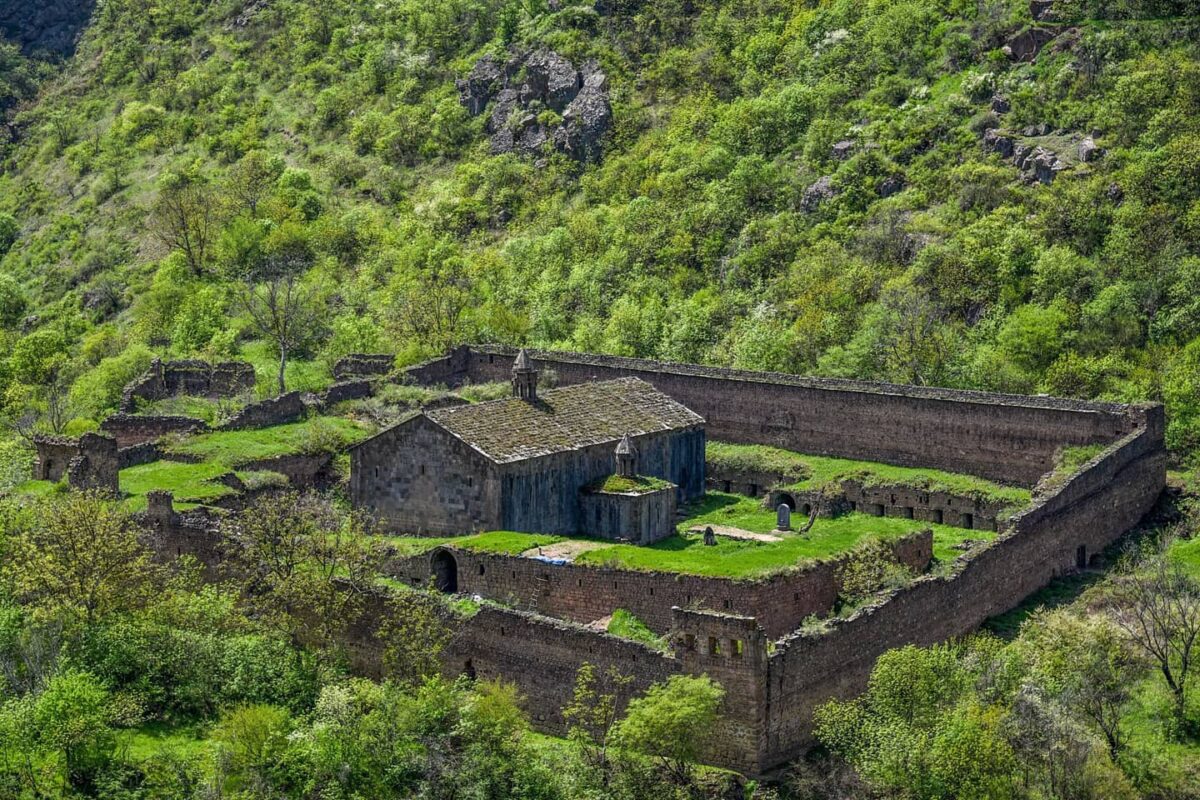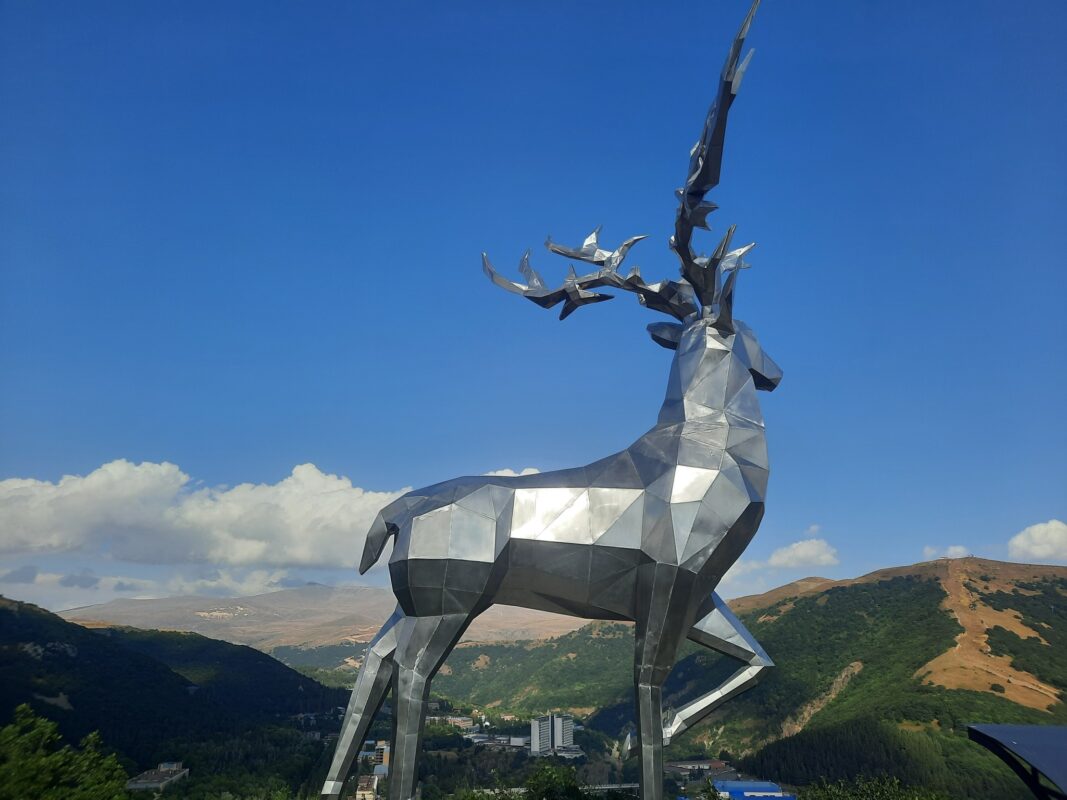Latest Listings
Related Listings
Close To You
Mausoleum of Kara Koyunlu Emirs

Tomb
950 m
Historical
Easy
VISITOR INFORMATION
Location: While geographically closer to Armavir region, administratively it is located in the Argavand village of Ararat region
Period: 15th century
Cultural Layer: Late Medieval Islamic Architecture
Accessibility: Accessible by car or public transport from central Yerevan
OVERVIEW
Situated in the village of Argavand, within the Armavir Province of Armenia, on the outskirts of Yerevan, the Mausoleum of the Kara Koyunlu Emirs is a rare and unique example of medieval Islamic funerary architecture in Armenia. The structure dates back to the 15th century, during the rule of the Kara Koyunlu Turkoman tribal confederation, which controlled much of the South Caucasus and parts of Iran.
HISTORY
The Mausoleum of Kara Koyunlu Emirs is one of Armenia’s few surviving examples of Islamic funerary architecture, constructed in 1413 AD, when the Kara Koyunlu tribal confederation ruled large parts of the South Caucasus and Persia. The mausoleum is believed to be the final resting place of Emir Pir-Hussein, a prominent noble of the Kara Koyunlu dynasty, who governed the region during the peak of the confederation’s influence.
Constructed during a period of both political turbulence and cultural synthesis, the mausoleum reflects the layered history of Yerevan, which was a strategic and contested city throughout the medieval era. The monument stands as a tangible reminder of the presence of Turkoman dynasties on Armenian soil and the coexistence of varied religious and artistic traditions.
Historical sources mention that two other tombs of similar but smaller size once existed in Argavand, though they have not survived.
ARCHITECTURE
The mausoleum is cylindrical in form, built with reddish tuff and fired brick, and topped by a conical dome-a traditional element in Turkic and Islamic tomb architecture. The structure features a low octagonal drum, supporting the conical roof, and a decorative band of Arabic inscriptions in kufic script carved into the masonry, though some inscriptions are now eroded. Its design draws from Seljuk and Persian architectural traditions, blending geometric clarity with symbolic elegance. The use of local Armenian stone materials paired with Islamic ornamental language gives the building a hybrid aesthetic, making it especially valuable in the architectural history of the region. Internally, the tomb chamber is simple and solemn, with minimal decoration. This spatial restraint reinforces the sacred, commemorative function of the structure. The structure is adorned with Arabic inscriptions, one of which explicitly names Emir Pir-Hussein and dates the building to 1413.
PRESERVATION AND RESTORATION
Over centuries, the mausoleum suffered from natural erosion, neglect, and urban encroachment. However, its solid masonry allowed for partial survival. Restoration work was undertaken in the Soviet period and again in the post-independence era, aiming to preserve the structure’s integrity while respecting its original material palette. Despite centuries of natural wear and historical upheaval, the mausoleum remained largely intact. Restoration and conservation efforts were carried out in 2001, supported by the Embassy of Turkmenistan in Armenia. These efforts focused on stabilizing the structure and refreshing its visibility as a cultural landmark. Bilingual signage in Armenian and Turkmen has since been added on-site, further acknowledging the historical significance of the mausoleum as a shared cultural heritage.
CULTURAL CONTEXT
The mausoleum is a unique representation of Armenia’s multicultural past, showcasing a lesser-known layer of history shaped by Islamic dynasties. Its survival amidst an overwhelmingly Christian heritage landscape reflects the region’s pluralistic heritage.
Facilities
Nearby
A UNESCO World Heritage Site, Zvartnots Cathedral is an ancient marvel known for its unique circular design and historical importance. The ruins offer a fascinating glimpse into Armenia’s architectural heritage.
Considered the oldest cathedral in the world, Etchmiadzin is the spiritual center of the Armenian Apostolic Church and a UNESCO World Heritage Site.
This museum offers a deep dive into Armenian culture and history through its extensive collection of artifacts, textiles, and ethnographic exhibits. It’s located within the cathedral complex, making it an easy visit.
A memorial dedicated to the Battle of Sardarapat (1918), featuring impressive sculptures and the Armenia Ethnography Museum.
The world’s largest Yazidi temple, opened in 2019, symbolizing religious harmony and Yazidi heritage in Armenia.








